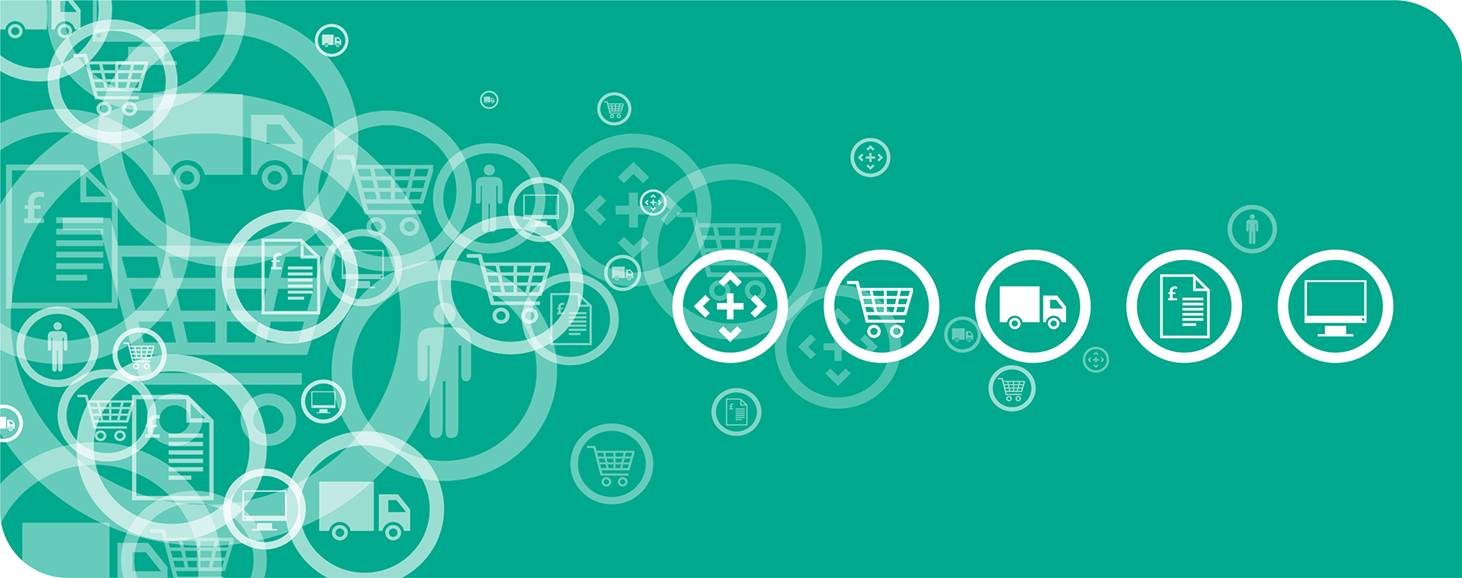There is a huge variation in the products that Trusts procure, driving up costs and negatively affecting the staff and patient experience. Clinical Staff should be able to go to a ward in any hospital, open a cupboard and recognise what’s in there. This makes it easier to do the job and increases staff and patient safety.
Due to the current variation and lack of purchasing consistency across the NHS, sadly this is not the case and has a knock on effect on both clinicians and patients, which is both frustrating and un-safe.
On top of this, it increases costs and means that Trusts pay different prices for the same product, because we are buying in such a fragmented way. The reality is that if we paid less for the supplies we use every day, these funds could be redirected back into front line care and services, which is in everybody’s interest.
To address these two issues - a lack of consistency in the products we use and spending too much on them - we are changing the way that we run NHS Supply Chain.
The new NHS Supply Chain will be run by the NHS and will buy on behalf of NHS Trusts.
Eleven specialist service providers will bring expert focus, including clinical evaluation and assurance, to buying specific categories of products.
The first of these providers is already live for products like printer paper, notebooks and pens in the office supplies category.
Further categories go live in May (medical) and July (capital and food) this year.
The benefits of the new model – a simpler range of products to improve consistency, and reduced cost – are based on using the collective buying power of the NHS, to make sure that for every pound we spend, we get the best value in return.
As well as benefiting staff and patient safety, this will bring about savings of an estimated £2.4bn during the first five years of operation, which can be redirected into front line services.
What changes will I see?
Initially there will be no immediate change as we transition from the current model as smoothly as possible.
Over time, you will start to see two main changes:
• A rationalisation of products, reducing unnecessary variation
• An increase in value for money from product purchases
These changes will provide consistency in both clinical and patient experience across the NHS, and allow us to spend more on the things that really matter.
What do I need to do?
• Use the NHS Supply Chain catalogue
• Encourage your colleagues to choose NHS Supply Chain - we rely on everyone buying into it to maximise benefits
• Find out more about the new Supply Chain: www.supplychain.nhs.uk or email [email protected].

